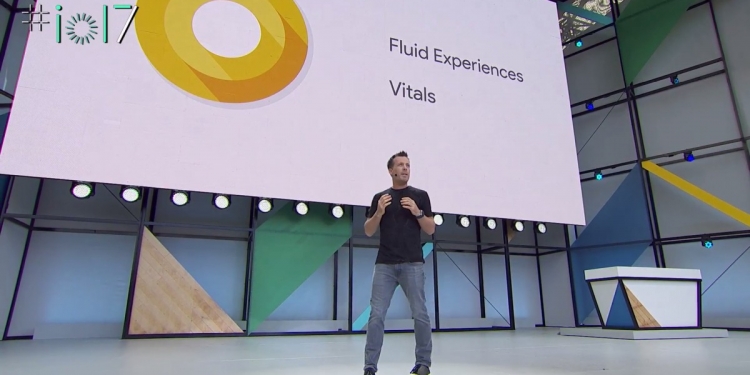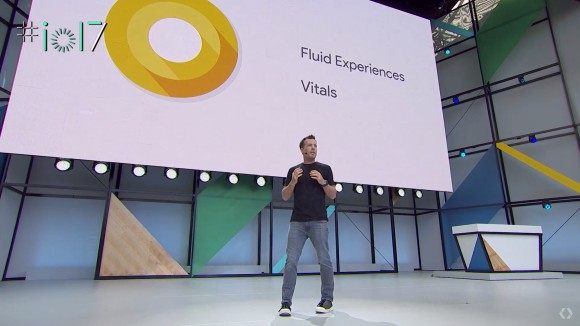Android has grown to become a massive platform. It has 2 billion monthly active users and that number will only continue to grow. Today, Google announced two big updates to their upcoming version of the wildly popular operating system: Android O.
It’s all about fluidity
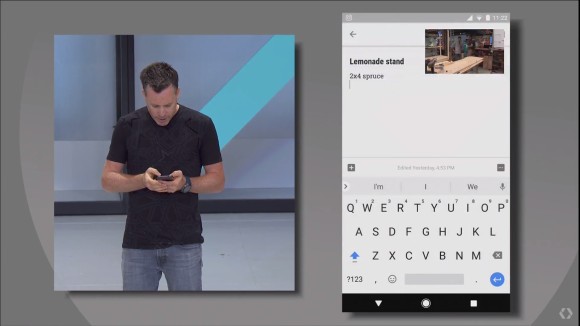
The first big update concerns the UI. Google talked about keeping things fluid and making multitasking on mobile as seamless and painless as possible. Their solution? Picture-in-Picture.
On Android O, users can launch an app or a video, then simply tap the home button to enable picture-in-picture mode for that particular video. For example, you can play a video on YouTube then simply tap the home button once and it will play that very video only in PIP.
Google’s definitely not the first to introduce PIP on a smartphone but its interesting to see how they think they can make it different. After all, it never really gained much traction in previous implementations.
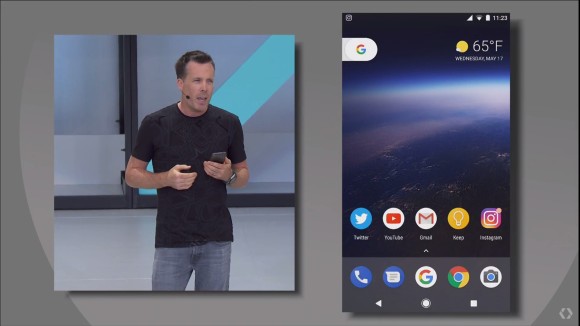
Next up, they’ve also improved notifications. Now, Android O will natively support something called Notification Dots. These “Dots” are basically extensions of the existing notifications only this time they appear on the app itself.
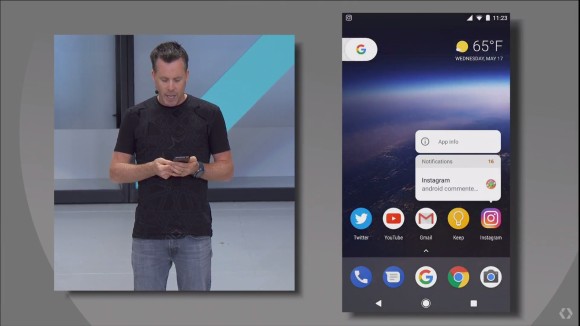
Once there’s activity on the app and a notification pops up, there will be a small coloured dot on the particular app. Users can then long press the app icon to bring up the notification directly above the application.
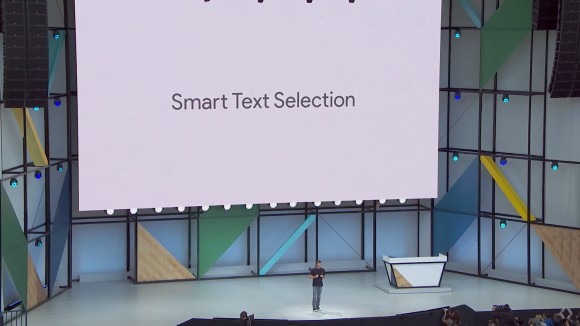
Finally, Google’s adding features to copy/paste and text input on Android called Smart Text Selection. The first thing you should know is that Google is bringing autocomplete over from Chrome into Android. So now, you won’t have to key in every bit if your personal information whether it’s to log in or to fill up a particularly tedious form.
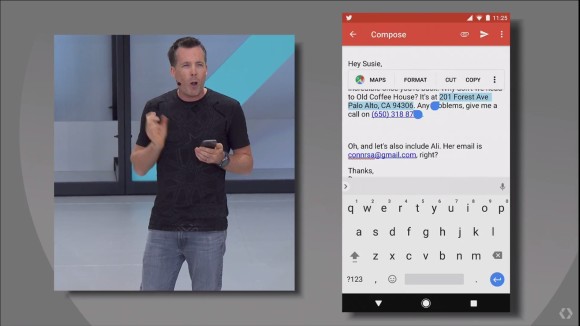
Then you’ve got the new copy/paste settings which are now intelligent and can recognise text like names, phone numbers and addresses. All you need to do is double tap on an address, name or phone number and Android O will automatically select the entire address, name or number.
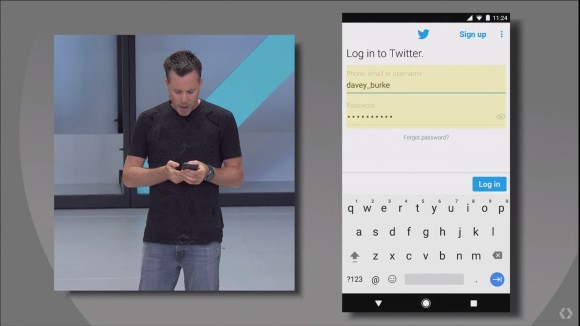
What’s more, it’ll also be able to suggest contextual actions thanks to machine learning. If you select an address, Android will know that its an address and suggest searching for it in Google Maps.
Now it’s time for some vitals
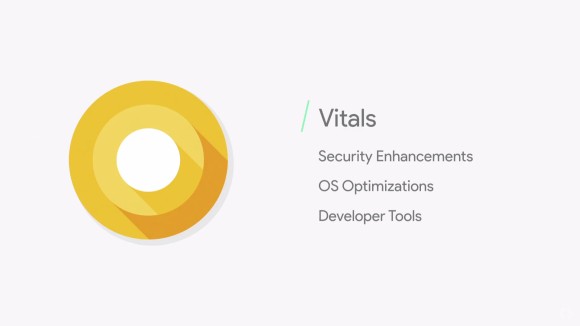
Vitals is the second big feature Google introduced in Android O and it focuses on two key pillars: Security enhancements and OS optimisations.
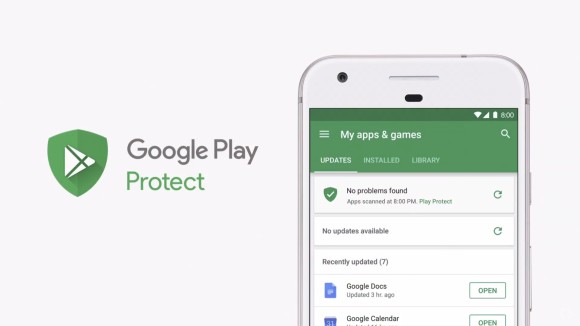
Security enhancements are pretty self explanatory and these are in relation to the Google Play Store and all the apps that you can get from it. The new security system is called Google Play Protect and its designed to give users peace of mind that their phone and the apps they’ve downloaded are secure.

Google scans over 50 billion apps every single day so Google Play Protect is their way of showing you information regarding your phone’s health.
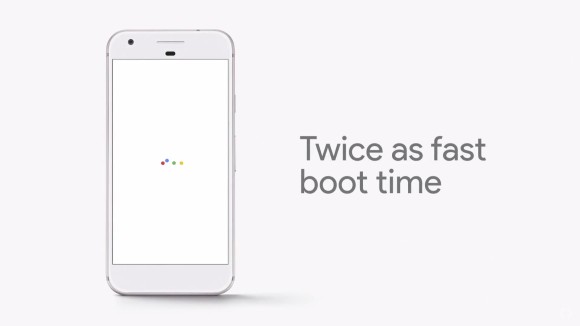
Next we’ve got OS optimisations which will apparently dramatically improve performance of your Android phone. In one example, Google demonstrated that boot times on the Google Pixel are twice as fast on Android O as they are on Android N. They’ve also improved performance on app launches so the overall experience should be much snappier.
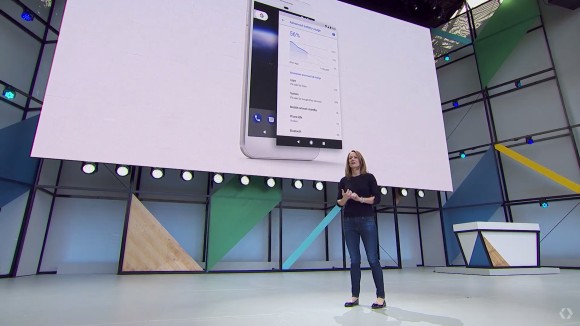
Google’s also tacking the problem of background processes drawing unnecessary battery power form your phone. With Android O, Google is adding limits to background location and background executions so you should see an improvement in battery life.
Want to try it for yourself? Google has put the first Android O beta release on android.com/beta so you can download it for yourself. However, keep in mind that this is only available for the Nexus 5X, Nexus 6P, Nexus Player, Pixel C, Pixel and Pixel XL.

